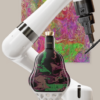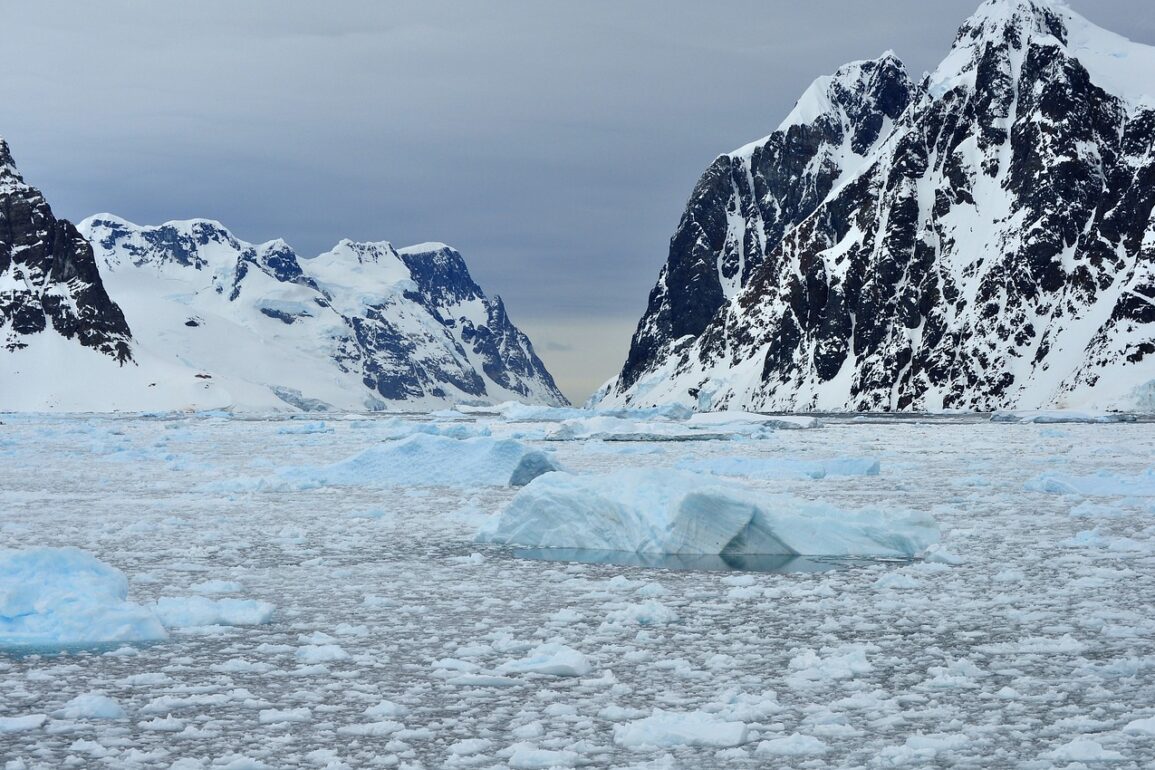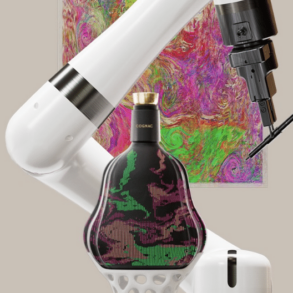- The United Nations declared the 2020s the UN Decade of Ocean Science for Sustainable Development to highlight the need for public engagement, citizenship, and connection to harness positive change for the world’s seas.
- Art and science collaborations can make the hidden depths of the oceans come alive for people via creative pieces drawing from real marine research.
- Researchers in Germany and artists from around the world united to highlight the sounds of the polar oceans through art projects created with recordings from the Ocean Acoustics Group at the Alfred Wegener Institute.
The frigid depths of the polar oceans exist only in the imagination for most people. Images of stark white ice fields and vast expanses of water might lead us to believe that the Arctic and Antarctic oceans are silent, empty settings. However, if you listen below the surface, they come alive with the chirps and trills of Weddell seals and the clicks of toothed whales chattering to each other.
To engage the public with these remote realms, artist-researcher Geraint Rhys Whittaker of the University of Oldenburg in Germany and his colleagues created the Polar Sounds project. The team provided more than 100 artists with sound recordings from the Ocean Acoustics Group at the Alfred Wegener Institute’s Helmholtz Centre for Polar and Marine Research. The artists treated these recordings as instruments to build upon or transform completely, creating lyrical songs, sonic narratives, and experimental works.
“When you put a hydrophone [into the ocean], it opens a whole new world,” said Whittaker. “When I first heard these various sounds from the archive, I was just amazed at the diversity of different sounds.”
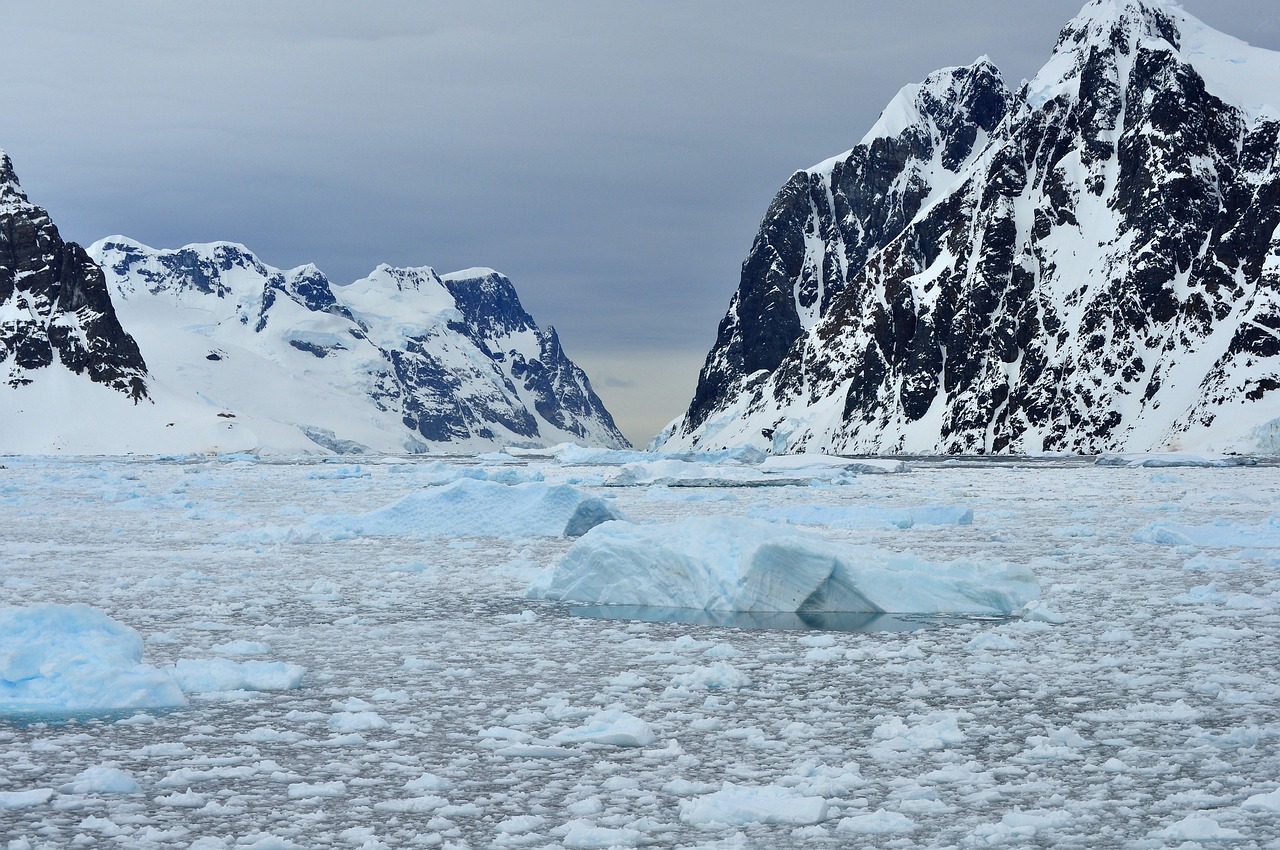
The German team created Polar Sounds in collaboration with Cities and Memory to engage the public with ocean research as part of the United Nation’s Decade of Ocean Science for Sustainable Development (2021-2030). They described the project in a paper published recently in Marine Policy.
Growing up in the port city of Swansea, Wales, Whittaker absorbed an appreciation for the sea that informs his creative practice to this day. He brought his artistic background to the Helmholtz Institute, where he helps ocean scientists view and communicate their work through a creative lens.
Working with polar marine researchers exposed Whittaker to the aural soundscapes of the Arctic and Antarctic Oceans—waters he, and most people, will likely never see in their lifetimes.
“All this going on under the ocean is quite incredible,” said Whittaker. “For example, how rhythmic the minke whale is. Or the Weddell seals and leopards seals, they sound harmonic and melodic—quite hypnotizing. Each different sound evokes a different kind of emotion.”
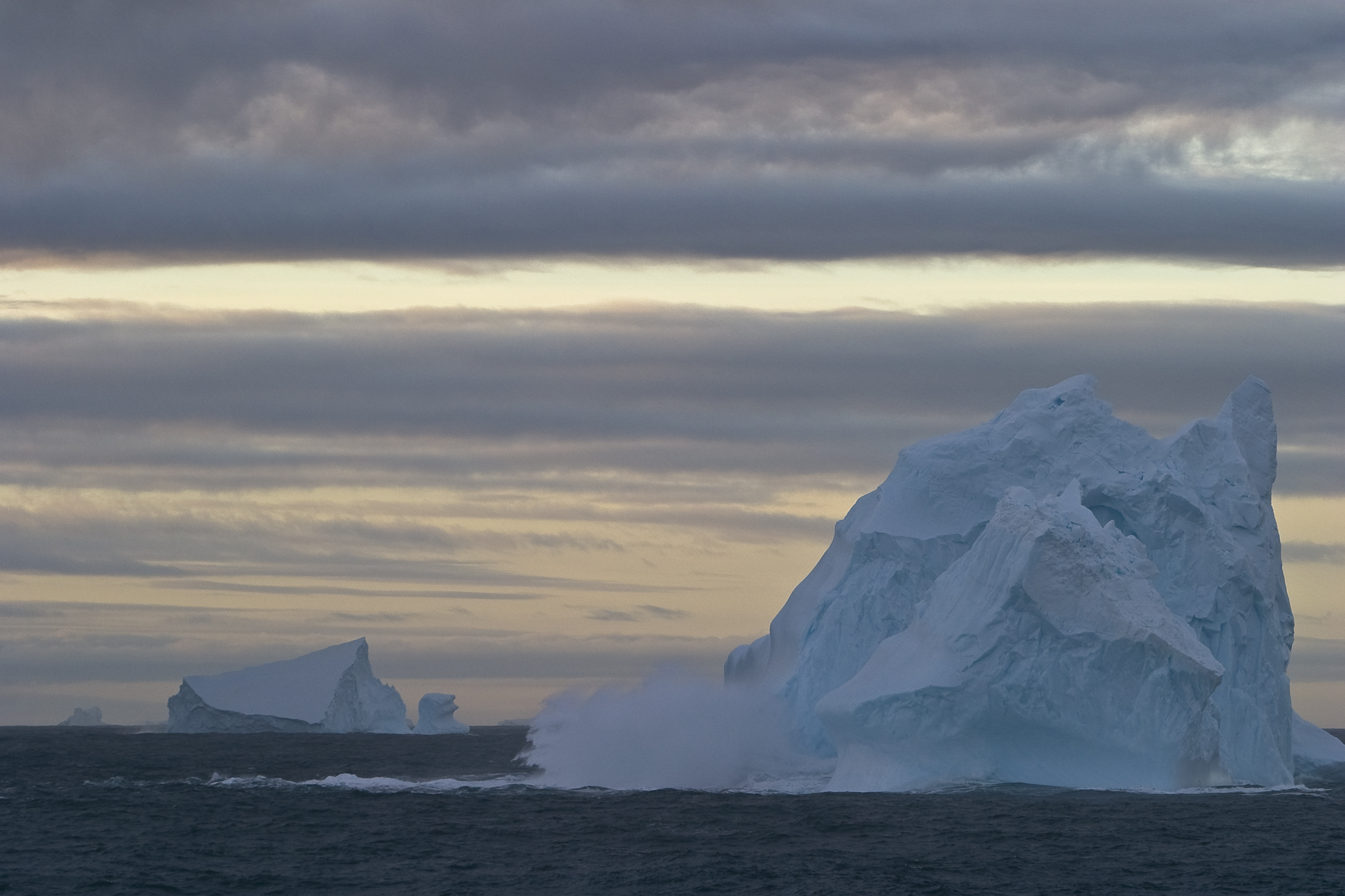
Ocean acoustics research involves analyzing years of recordings to extract audio peaks recognized as whale sounds or human noise, for example. The new collaboration extracts highlights from these vast archives to inspire artists:
- The intense noise of colliding icebergs is reimagined as a pensive piece that tells the narrative of a time traveler, with ritual music played on the gayageum, a traditional Korean string instrument, in “Ancient traveler” by Hwayoung Shon.
- The ‘Falling chirp sequence’ of the Weddell seal was distorted by marine biologist and bioacoustician Sara Niksic in “Frozen memories” into a haunting piece that she hopes inspires listeners to consider their impact on the planet and its creatures.
- In “First contact” by Whittaker, the sounds of seismic shooting—airgun blasts used to search the seafloor for oil and gas deposits—are transformed into bombs going off underwater to suggest how human activity impacts these distant regions.

The Polar Sounds website allows people to listen to the recordings side-by-side with the sound art pieces, giving them unique insights into acoustic research and each artist’s creative process. This open invitation to explore research has inspired many of the artists and listeners to learn more about the foreign creatures and landscapes of the polar regions, according to Whittaker.
Biological oceanographer John Ryan of the Monterey Bay Aquarium Research Institute in Moss Landing, California, who was not involved in the project, echoes the importance of sharing ocean acoustics research with non-scientists. “[Polar Sounds is] very much in alignment with what we’ve been inspired to do,” said Ryan. “For both the artists and the scientists, it enriches their work when they can work together.”
The aural world of the polar oceans is an ideal portal to help new listeners realize what lies beneath, added Ryan: “It sounds like life.”
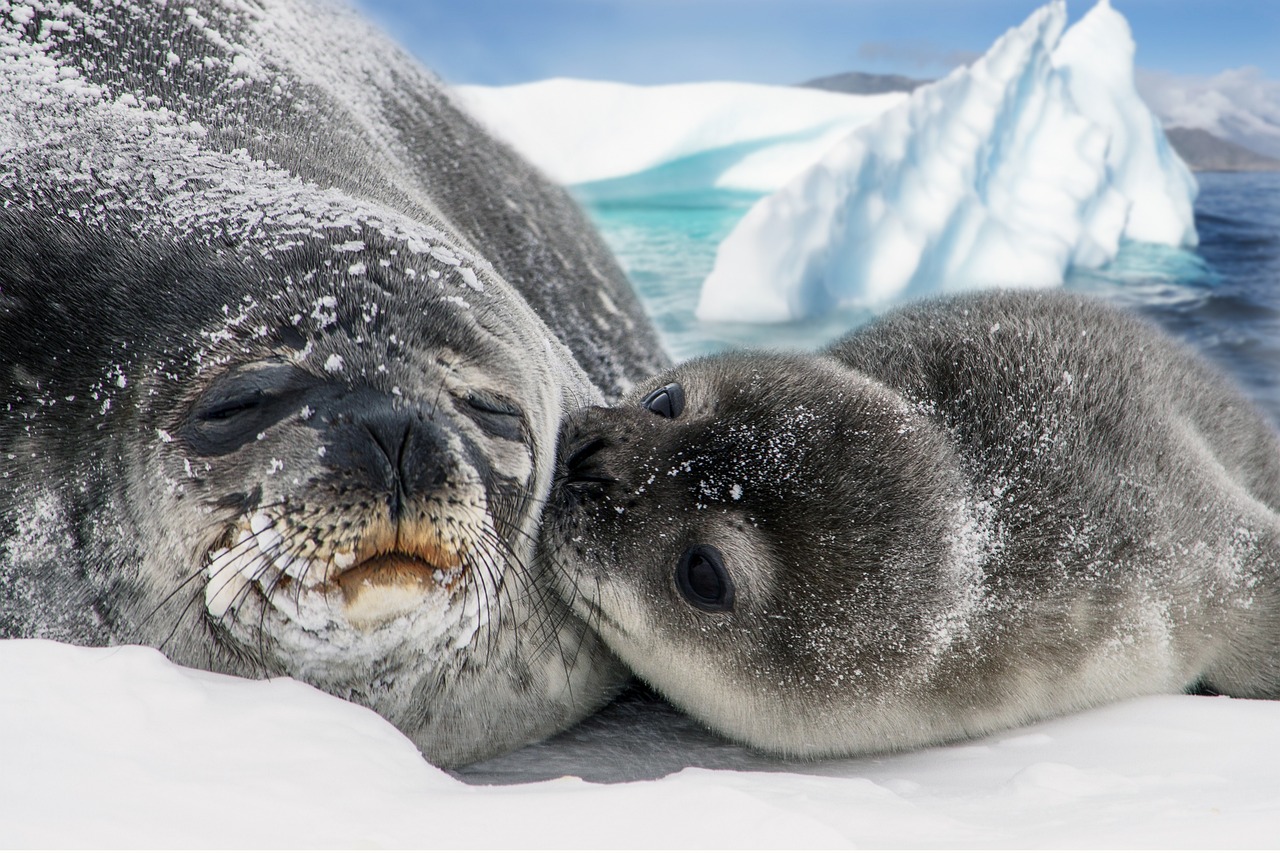
Citation:
Whittaker, G. R., Peters, K., & van Opzeeland, I. (2024). Oceans sing, are you listening? Sounding out potentials for artistic audio engagements with science through the Polar Sounds project. Marine Policy, 169, 106347. https://doi.org/10.1016/j.marpol.2024.106347
Jasmin Galvan is a graduate student in the Science Communication M.S. Program at the University of California, Santa Cruz. Other Mongabay stories produced by UCSC students can be found here.



